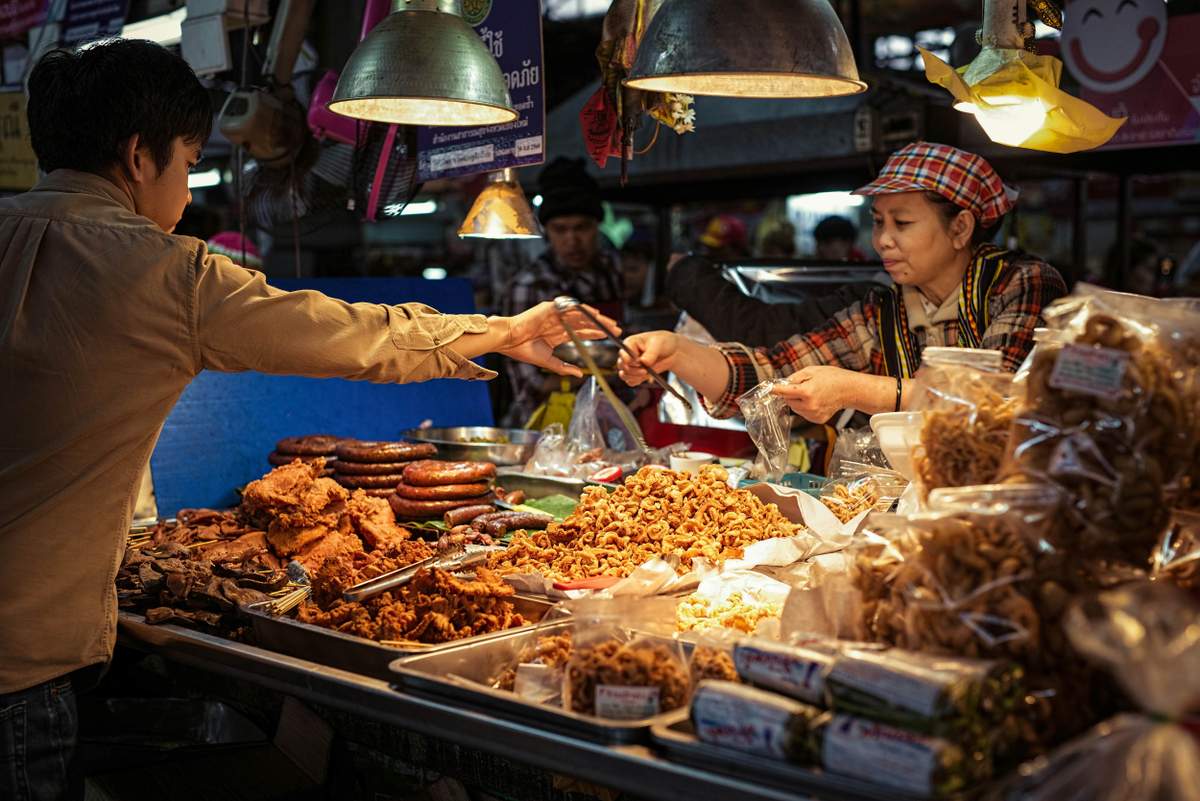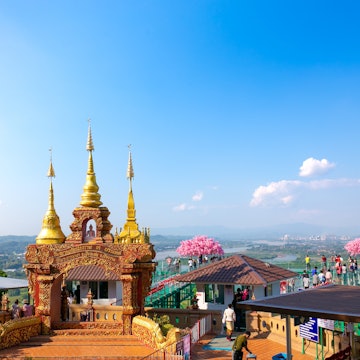
Inside Bangkok's new red-light district museum: from ping pong balls to David Bowie

Feb 10, 2020 • 5 min read

A new adults-only museum focused on Bangkok’s notorious Patpong red-light district has opened in the Thai capital. But is it as seedy as it sounds? Jamie Fullerton goes behind the curtain to investigate.
It only takes a few seconds after entering Bangkok’s Patpong Museum to realise this isn’t your run-of-the-mill heritage museum.
The realisation hits me like a ping pong ball, which has been fired in my direction from a hole in the wall situated between the legs of a silhouette of a naked woman.

Nearby, a screen shows footage of the act that inspired the creation of the ball-shooting machine, filmed in the district of the Thai capital in which I currently stand. In it, a naked woman launches balls across a bar from her genitals, as an enthusiastic, fully-clothed western man gleefully bats away the projectiles with a table tennis paddle.
I glance around and find myself wondering, “Are these really exhibits that belong in a museum?”
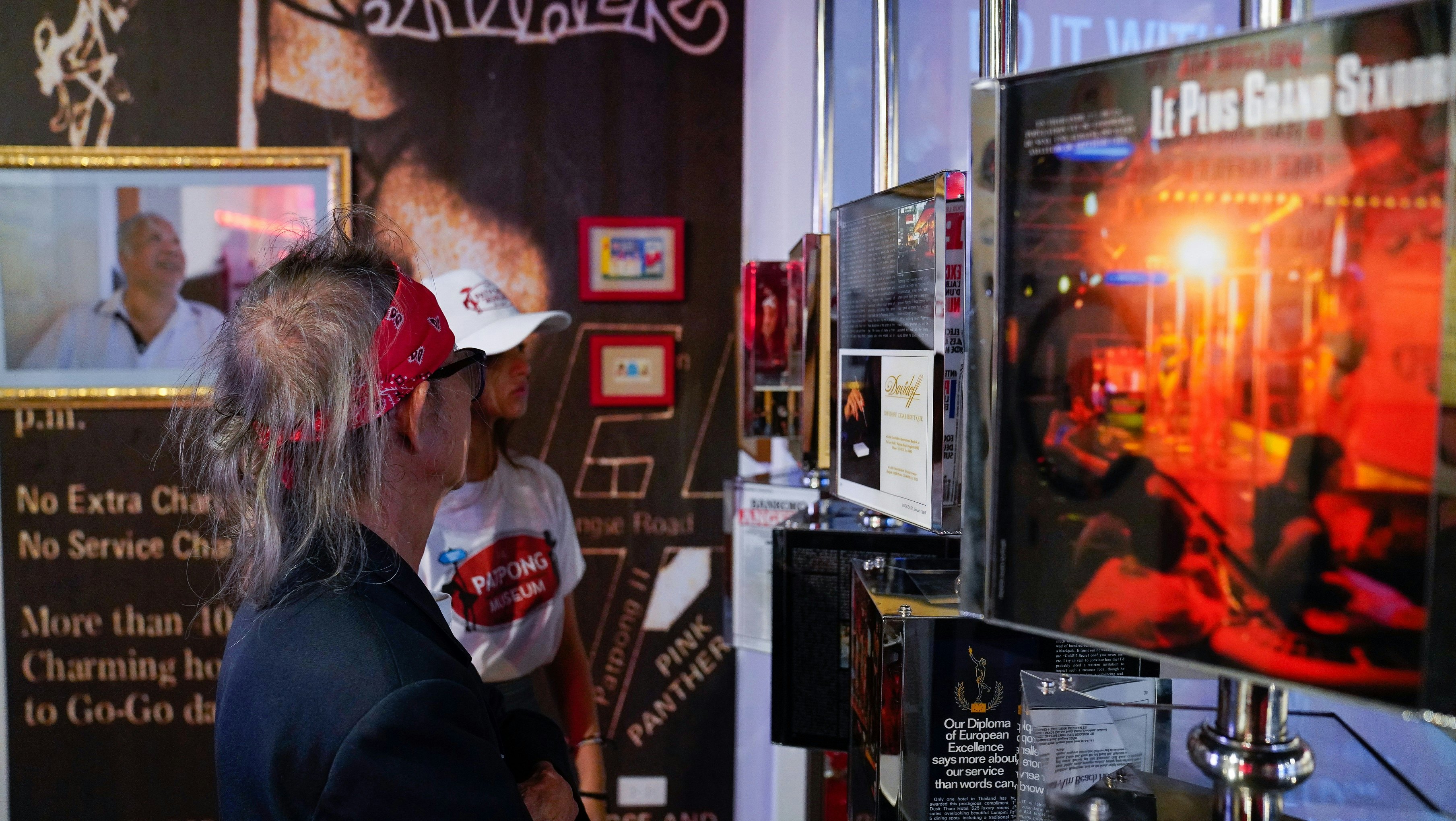
A one-of-a-kind museum
Opened in October 2019 by Austrian Michael Messner, who previously ran bars in the area, Patpong Museum celebrates a place considered shamefully seedy by many people.
Since the now-defunct Grand Prix Lounge was opened in 1969 by an ex-US soldier called Rick Menard – becoming the first venue in Patpong to feature scantily clad female dancers – the area has been a stomping ground for sex workers, nude dancers, the famous ping pong markswomen and their clientele: mainly male expats and tourists.
Messner, 42, is a confirmed defender of those who ply their trade in Patpong – but even he squirms at some aspects of his adopted neighbourhood. He said that despite installing the aforementioned video in his museum, he found the ping pong antics “very degrading. But that's part of our mission: to let people know what's out there.”

A few famous faces
The museum certainly showcases what’s out there, but also shines a spotlight on those that come to enjoy it.
One regular Patpong visitor given much museum space is CIA officer Tony Poe, who died in 2003. Poe trained Laos tribespeople to fight against the North Vietnamese and was known for cutting ears off dead enemies. He allegedly inspired the character Colonel Kurtz in the 1979 Francis Ford Coppola film Apocalypse Now – trinkets from the film feature in the museum.
More recent notable Patpong visitors, including action movie stars Steven Seagal and Jean-Claude Van Damme, are depicted on a ‘wall of fame’. One museum guide confirms that the latter is a “very nice guy”, and is sometimes spotted near the venue.
David Bowie also visited Patpong in 1983 while on the Bangkok leg of a tour, and also appeared to have enjoyed himself. The video for his song ‘Ricochet’ plays on loop in the museum, featuring the singer surrounded by near-naked women in a go-go bar that still operates not far from the venue.
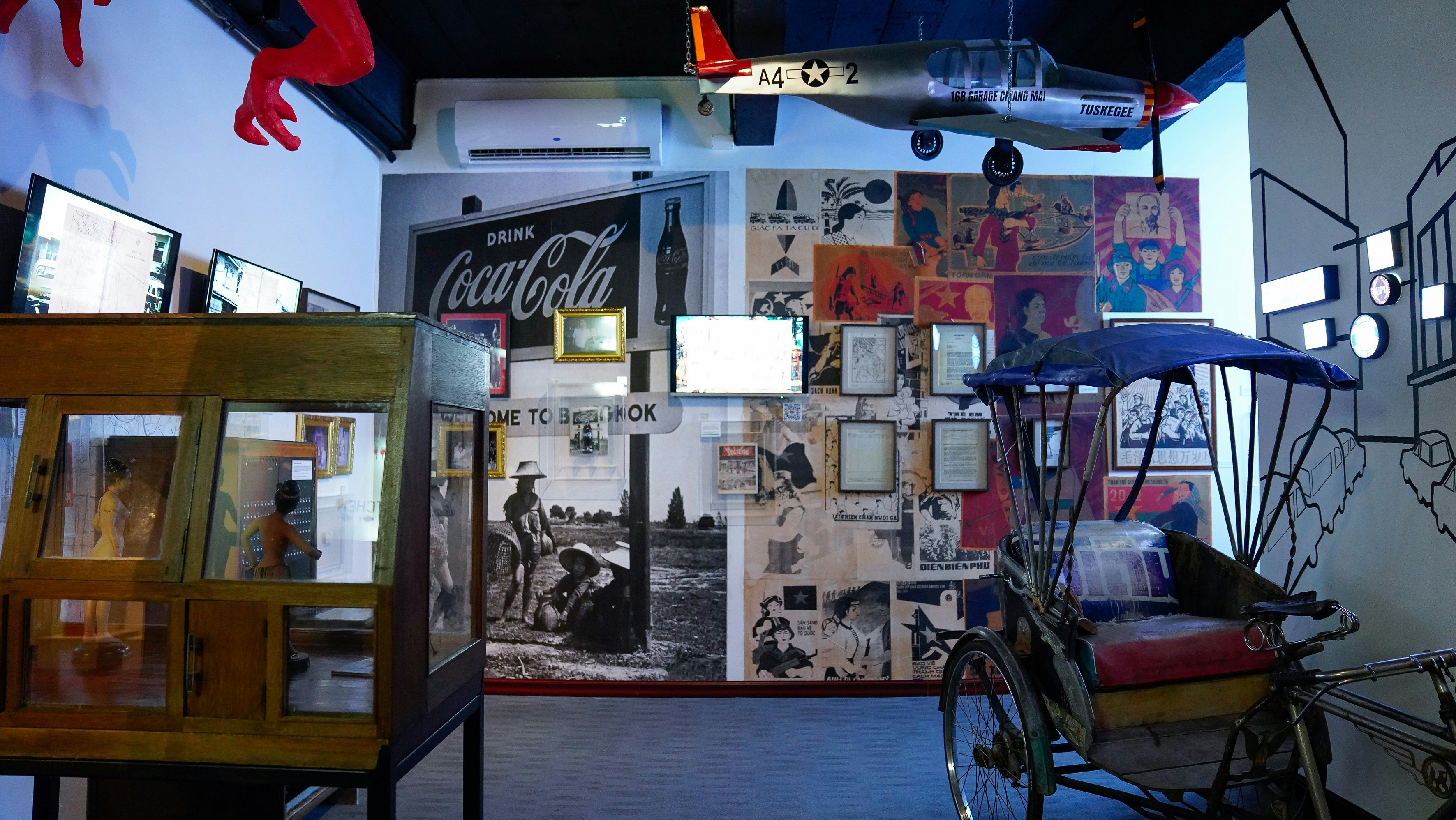
The history of Patpong
Messner says that despite the jovial tone of many of the museum’s exhibits (which also includes an impressive scale model of the neighbourhood alongside the baht-stuffed thongs and objects being fired out of orifices), Patpong Museum was born of respect for the area he has worked in since the early 2000s, and aims to educate visitors about its rich heritage.
Patpong’s less salacious history is revealed to visitors via the story of Poon Pat: a Chinese immigrant who made his fortune selling cement before being given the title Luang Patpongpanich by Thailand’s King Prajadhipok in 1930. In 1946 Patpongpanich bought the land that would become Patpong, which at that time was a banana plantation site.
Patpong expanded into urbanity with Udom, Patpongpanich’s son, encouraging firms such as Shell and Air France to base offices there in the 1950s. In the 1960s CIA operations ran from the district and US soldiers on breaks from the Vietnam War relaxed there, creating the potential customer base for booze and female nudity-focused venues that the area is still synonymous with.
To reinforce the idea of the museum as a celebration of Patpong, Messner says that he gave free tours to local workers when the museum opened, including many in the sex trade.
“They were proud,” he says. “Everyone should have self-respect, but they often lack that because they can't talk about where they work. Now they’ve become part of Patpong’s story.”
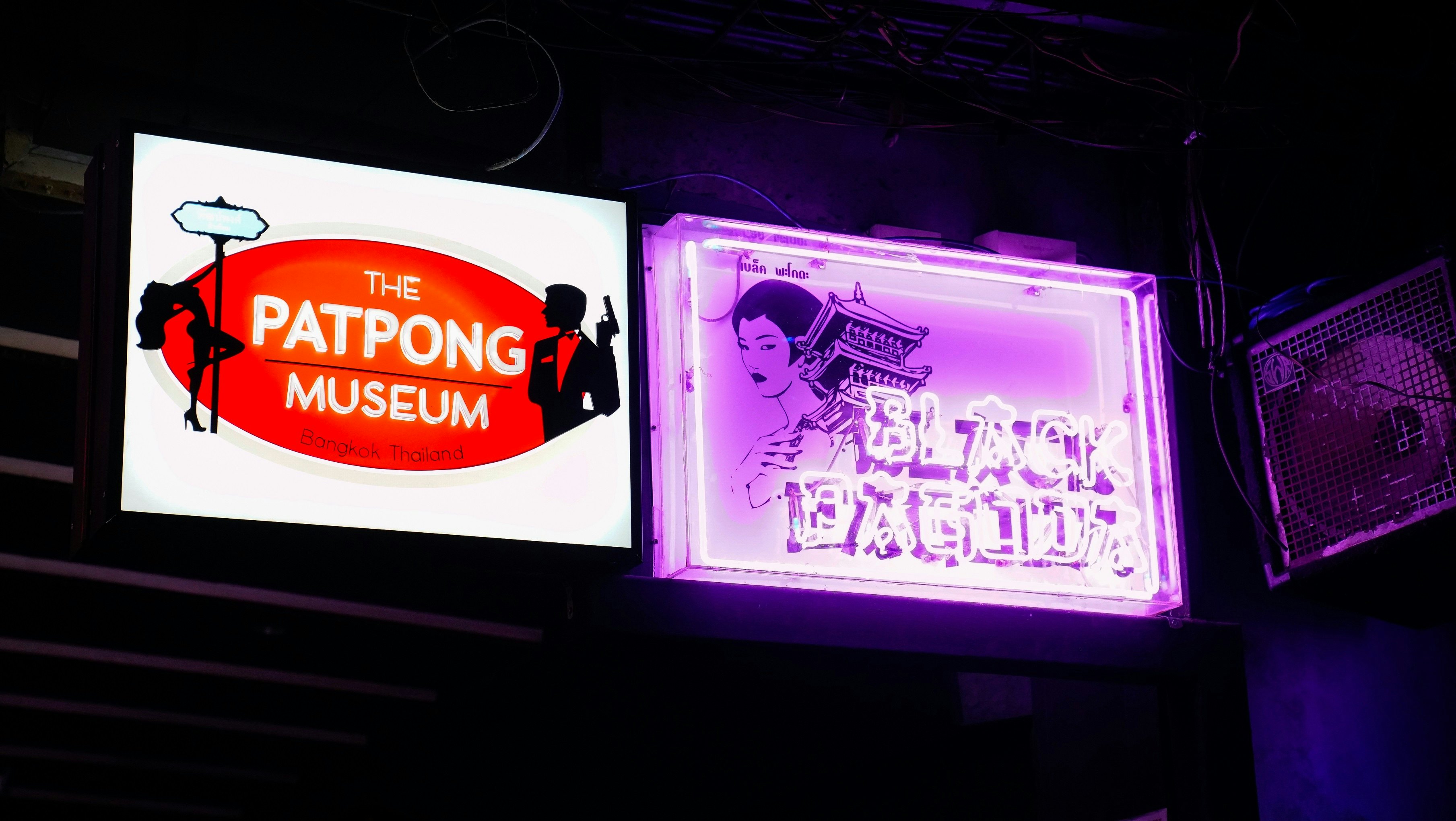
The winds of change
As night fell after my visit to the museum, Patpong became illuminated by go-go bar signs, as whispering touts offered “lady massages” to passing gentlemen.
Messner notes that despite such scenes, many raunchy bars in the area have closed down as the soldier-fueled boom years become increasingly distant.
A family-friendly night market changed the vibe of the area when it opened in the early 1990s, perhaps leading those seeking exclusively X-rated thrills to visit other Bangkok red-light districts such as Nana Plaza and Soi Cowboy. More recently Bangkok’s nightclub and trendy cocktail bar scene has exploded, with more expats and tourists indulging in Sex on the Beach rather than sex in a brothel.
The museum, Messner admits, documents a scene increasingly out of step with Bangkok nightlife trends – arguably making its opening all the more timely and important. “Many visitors come to Patpong to see what a red-light district looks like,” he said. “But really, it's a concept not of our time anymore.”
It seems such exhibits do belong in a museum after all.
Patpong Museum is located at 5 Patpong Soi 2, Bangkok, and is open 10am-11pm daily. Tickets cost 350 baht (check the museum’s website for potential discounts). Visitors must be aged 18 or over.
You might also like:
Best speakeasies in Bangkok
The world's strangest museums
The 11 best free things to do in Bangkok




